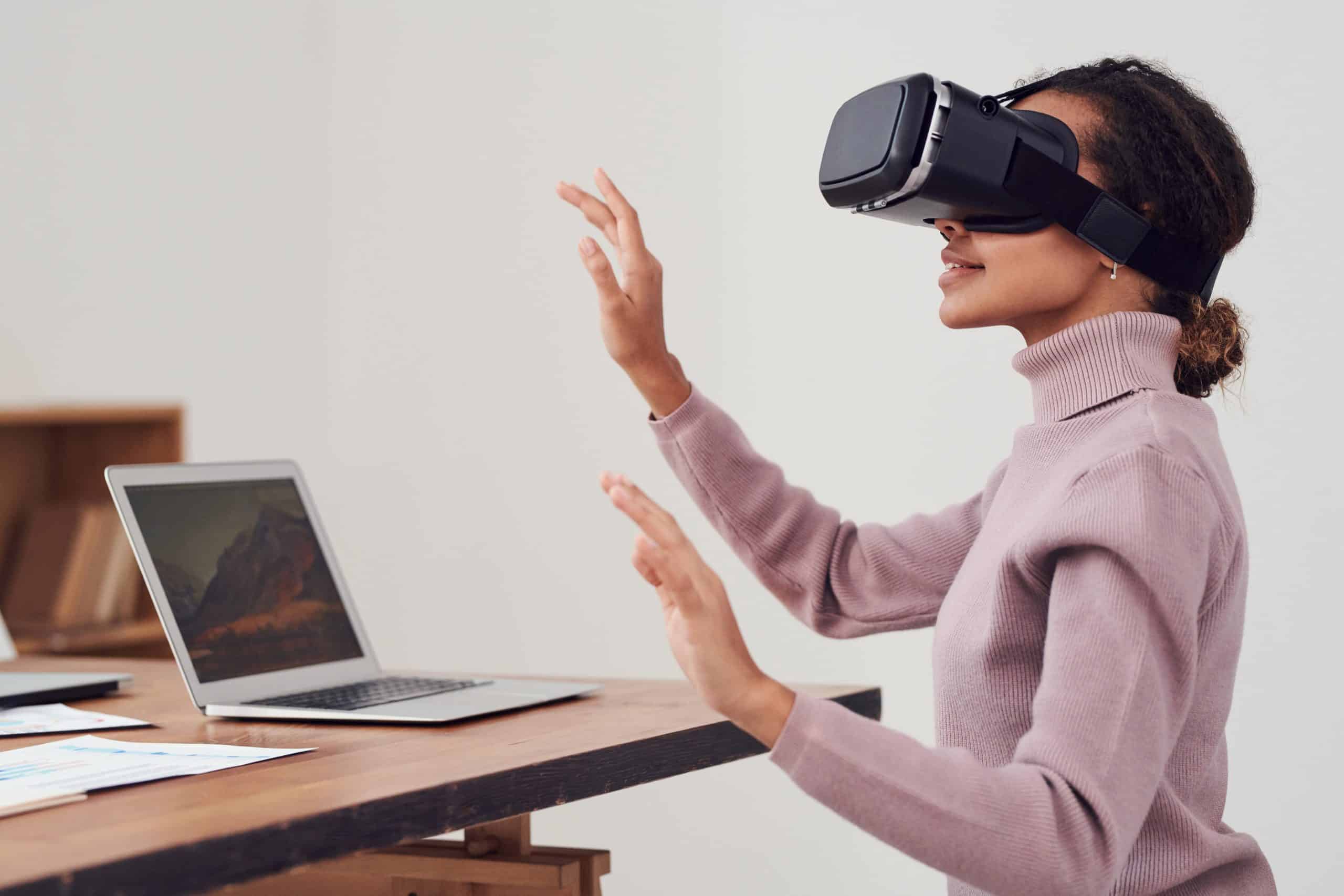Is virtual reality the future of online shopping?

The emergence of virtual shopping
In the ever-evolving landscape of ecommerce, the integration of virtual reality (VR) and augmented reality (AR) technologies is transforming the shopping experience for consumers. The traditional brick-and-mortar stores, once the cornerstone of retail, are now being complemented—sometimes substituted—by virtual stores. Such advancements are not the distant future; they form the cutting-edge reality of how customers interact with products and retailers today.
Retailers are harnessing virtual and augmented reality to create immersive shopping experiences that combine the convenience of online shopping with the tangibility of physical stores. This new retail paradigm blurs the lines between digital and physical, offering a seamless experience that can be both efficient and engaging. As ecommerce continues to grow, it’s pertinent to ask: Will virtual reality revolutionize online shopping?
En parallèle : Visual art: creating a fantastic universe with MyimageGPT
The allure of virtual reality in online shopping
The virtual storefront
Imagine navigating a store through a VR headset from the comfort of your home, picking up products, and examining them as if you were there in person. Virtual reality storefronts are becoming a reality for forward-thinking retailers. These virtual environments replicate the layout and feel of physical stores, allowing customers to explore aisles, interact with products, and even receive personalized assistance.
The level of interaction that VR provides is unmatched by traditional online stores. Through the use of avatars, social commerce becomes a possibility within these spaces. Friends can shop together in a virtual world, despite being miles apart. This social aspect of shopping, lost in the early days of ecommerce, is being revived in the virtual domain.
Dans le meme genre : How can smart homes reduce energy consumption?
Enhanced product interaction
One of the traditional limitations of online shopping has been the inability to interact with a product. Augmented reality addresses this by overlaying digital information onto the physical world, allowing customers to visualize products in their own space. For instance, you can see how a piece of furniture would fit and look in your living room before making a purchase. This level of product interaction not only enriches the shopping experience but also mitigates the uncertainty that often accompanies online purchases.
Personalized experiences
Machine learning and artificial intelligence (AI) are pivotal in customizing shopping experiences. By analyzing your previous shopping habits and preferences, virtual stores can suggest products that you’re more likely to be interested in, creating a curated shopping journey. This personalized experience is akin to having an in-store assistant who knows your tastes and preferences intimately.
The challenges and opportunities for retailers
Overcoming technical barriers
While virtual and augmented realities offer tantalizing possibilities, they also come with their own set of challenges. High-quality VR requires sophisticated technology both on the part of the retailer and the consumer. The cost of VR headsets and the need for powerful computing can be barriers to widespread adoption.
Retailers must also ensure that their virtual storefronts are intuitive and user-friendly. A poorly designed virtual space could deter customers rather than attract them. As technology progresses and becomes more affordable, these barriers are likely to diminish, paving the way for a more inclusive virtual shopping realm.
Integrating with existing ecommerce platforms
For retailers, the goal isn’t to replace their online stores but to integrate VR and AR into their existing ecommerce platforms. This integration allows for a hybrid experience, where customers can move seamlessly between traditional online shopping and immersive virtual environments.
Incorporating VR and AR also necessitates a robust backend capable of handling increased data loads and providing real-time order fulfillment. The complexity of integrating these technologies with existing systems cannot be underestimated, but the potential rewards in terms of customer engagement and sales are significant.
The transformation of consumer behavior
As consumers become more accustomed to virtual and augmented reality, their shopping habits and expectations are likely to change. Virtual reality provides an experience that is closer to in-store shopping, potentially leading to more thoughtful and deliberate purchases. Augmented reality, on the other hand, offers shoppers the practical tools to make informed decisions.
The adoption of VR and AR could also lead to a renaissance of social shopping, facilitated through social media platforms and virtual worlds. This blend of commerce and social interaction, termed social commerce, is an exciting development that could reshape not only how we shop but also how we interact with each other as consumers and brands.
Navigating the future of retail
As we look to the future of retail, the potential impact of virtual and augmented realities is vast. The line between online and offline shopping will continue to blur, creating a commerce experience that is more immersive, personalized, and connected.
Retailers who embrace these technologies early will have a competitive edge, being able to offer unique and memorable shopping experiences that can drive brand loyalty and customer satisfaction. However, it is crucial for these retailers to balance innovation with accessibility, ensuring that the technologies they adopt enhance rather than complicate the shopping process.
Conclusion: virtual shopping as the future of ecommerce
The integration of virtual and augmented reality into online shopping is more than a fleeting trend; it represents a significant shift in the retail landscape. As the technology becomes more sophisticated and accessible, virtual and augmented realities will likely become standard components of the ecommerce experience.
Virtual shopping offers a level of interaction and personalization that traditional online platforms cannot match, while augmented reality provides practical tools for informed purchasing decisions. The future of online shopping will be characterized by these immersive experiences, as they continue to reshape consumer expectations and redefine the retail industry.
Retailers must now consider how they will adapt to these changes and leverage VR and AR to provide compelling, innovative, and seamless shopping experiences for their customers. The investments made today in virtual and augmented reality technologies will set the stage for the future success of retail businesses in an increasingly digital world.
